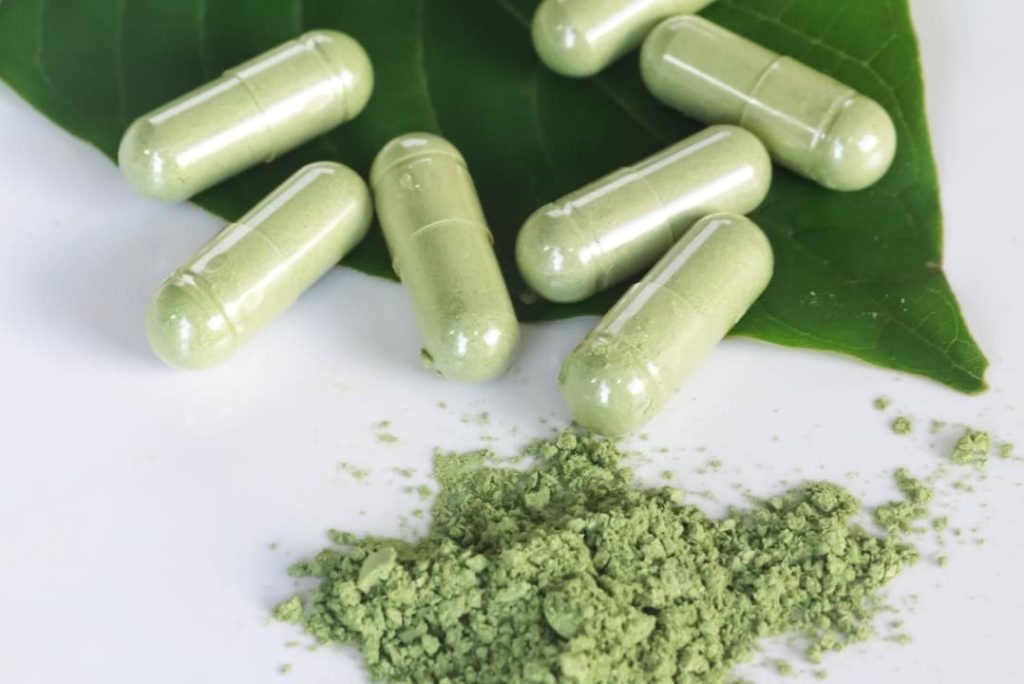Green Malay Kratom, renowned for its potent effects and unique alkaloid profile, has garnered attention for its medicinal benefits, cultivation practices, and environmental impact. As interest in natural remedies grows, understanding how products like Green Malay Kratom are cultivated becomes crucial, especially in terms of sustainability and environmental stewardship. This article delves into the cultivation methods of Green Malay Kratom, explores optimal green malay dosage practices, and examines its environmental footprint, shedding light on both the benefits and challenges involved.
Green Malay Kratom, scientifically known as Mitragyna speciosa, originates from the lush rainforests of Malaysia. Cultivating this strain involves a delicate balance between maintaining its natural habitat and meeting growing global demand. Farmers traditionally harvest the leaves from mature trees, ensuring sustainability by replanting and nurturing new growth. This method not only supports local economies but also preserves the biodiversity of Malaysia’s rainforests.
Sustainable Farming Techniques and Practices
To minimize environmental impact, responsible farmers employ sustainable farming techniques. These include organic cultivation methods that avoid harmful pesticides and chemicals, thereby preserving soil fertility and biodiversity. Additionally, some farms practice agroforestry, integrating Kratom trees into existing ecosystems rather than clearing land for monoculture. Such approaches promote healthier environments and support the long-term viability of Green Malay Kratom cultivation.
Challenges in Environmental Conservation
Despite efforts to cultivate Green Malay Kratom sustainably, challenges persist. Deforestation, though less prevalent in Malaysia compared to other regions, remains a concern as demand increases. Farmers must navigate regulatory frameworks to ensure compliance with environmental laws while meeting market demands. Balancing economic incentives with environmental stewardship remains a continuous challenge in the industry.
Green Malay Kratom’s Role in Local Communities
Beyond its environmental impact, Green Malay Kratom plays a significant role in local communities. Cultivation provides livelihoods for many farmers and supports rural economies. By promoting sustainable practices and fair trade principles, the industry contributes to community development and empowerment, enhancing socio-economic resilience in rural Malaysia.
Future Perspectives: Towards Greater Sustainability
Looking ahead, enhancing sustainability in Green Malay Kratom cultivation requires collaborative efforts. Implementing certified sustainable practices, investing in research on ecological impacts, and promoting consumer awareness can drive positive change. By supporting ethical sourcing and responsible consumption, stakeholders can mitigate environmental risks and foster a thriving industry.
Conclusion
Green Malay Kratom cultivation exemplifies the complex interplay between natural health products and environmental conservation. As consumer interest grows, ensuring sustainable practices becomes paramount. By embracing responsible cultivation methods and promoting biodiversity, the industry can mitigate its environmental footprint while supporting local communities. As stakeholders navigate these challenges, the future of Green Malay Kratom lies in sustainable innovation and collective stewardship.



